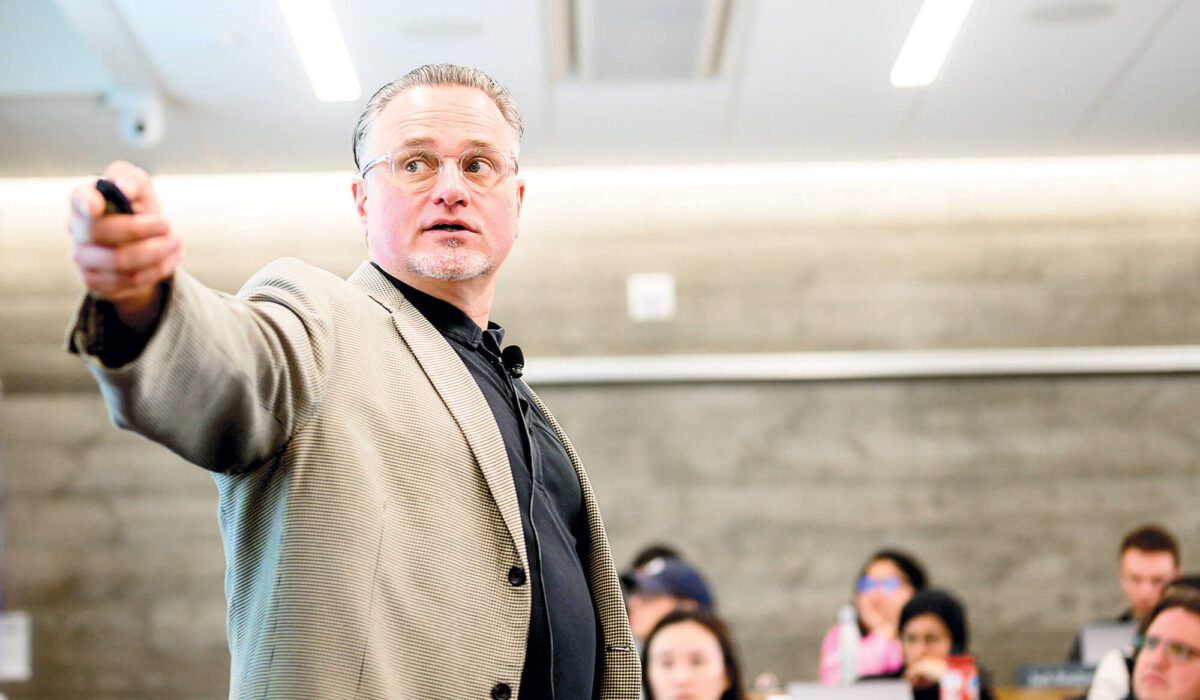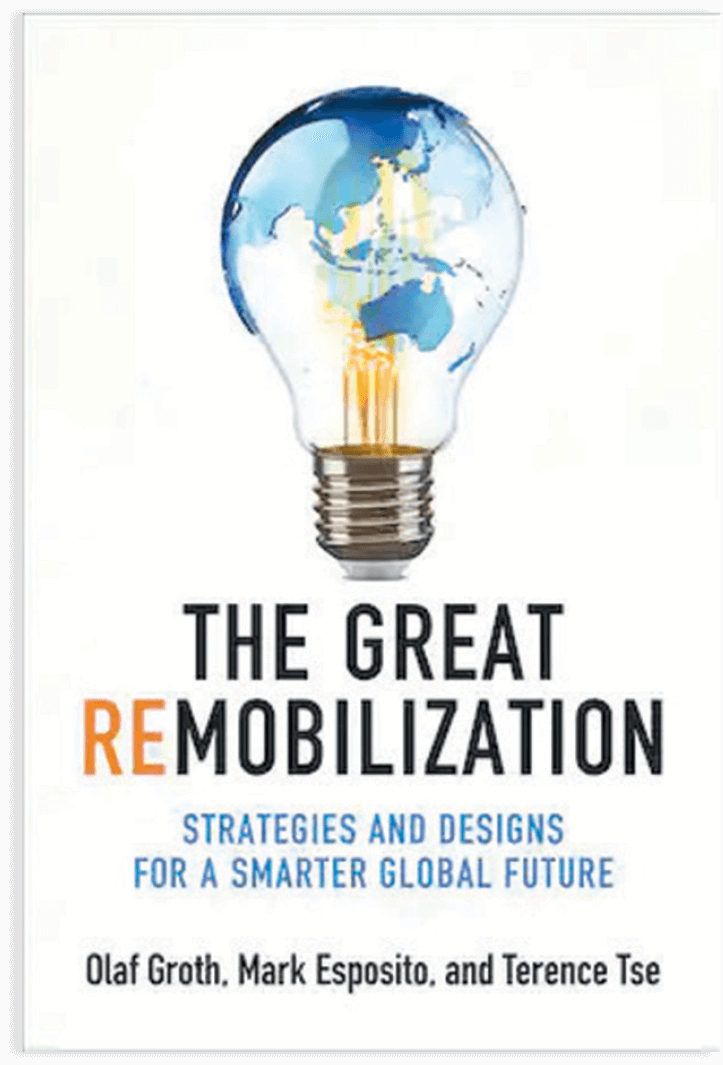Mastering upheaval and systemic transformations
 Olaf Groth doesn’t like to make predictions, but he’s nonetheless become adept at helping executives see around corners and navigate the chaos of recent years.
Olaf Groth doesn’t like to make predictions, but he’s nonetheless become adept at helping executives see around corners and navigate the chaos of recent years.
 A member of Haas’ professional faculty and a senior adviser at the Institute for Business Innovation, Groth is also chairman and CEO of think tank Cambrian Futures. In a new book, The Great Remobilization: Strategies and Designs for a Smarter World (MIT Press, 2023), he and co-authors Mark Esposito and Terence Tse focus on what they call the Five Cs—COVID; the cognitive economy, crypto, and web3; cybersecurity; climate change; and China—and show leaders how to power human and economic growth by replacing fragile global systems with smarter, more resilient ones.
A member of Haas’ professional faculty and a senior adviser at the Institute for Business Innovation, Groth is also chairman and CEO of think tank Cambrian Futures. In a new book, The Great Remobilization: Strategies and Designs for a Smarter World (MIT Press, 2023), he and co-authors Mark Esposito and Terence Tse focus on what they call the Five Cs—COVID; the cognitive economy, crypto, and web3; cybersecurity; climate change; and China—and show leaders how to power human and economic growth by replacing fragile global systems with smarter, more resilient ones.
Berkeley Haas talked with Groth about how executives can turn turmoil into opportunity.
BH: What will the next era of globalization look like?
The globalization everyone keeps talking about is how many bananas get shipped from Argentina to China. And of course that’s important for jobs today. But what we really have to ask is, who controls the flow of any given thing from one place to another? At the end of the day, the people who have the power in what we call the “cognitive economy” can influence these flows. There are traditional flows—of capital, of intellectual property, of people, of goods and services. But then there are also flows of data and genetic material. And that’s not even including the ecological flows of air and energy.
At the end of the day, the people who have the power in what we call the “cognitive economy” can influence these flows.
How do you define the cognitive economy?
In the cognitive economy, cybernetics—essentially smart, digital, command-and-control functions that are currently steered by the Googles and Amazons of this world—is getting injected into everything we do. Take the mobility industry. Electrified, autonomous cars use AI to create applications inside the car, and cars are now tied to a new charging infrastructure around the smart home. You need to design cars like an iPhone: Start with a chip and build everything around that. Our global logistics and supply chains, the movement and tracking of people, carbon, etc. is starting to get that injection of intelligence too.
Your book describes a FLP-IT (forces, logic, phenomena, impact, and triage) model for strategic leadership. How should executives approach the triage step, which requires them to decide what to keep, discard, or build from scratch?
I was at the World Economic Forum meeting in Tianjin and a senior executive in the petrochemicals industry told me that after 30 years of building megafactories in China, his company now needed to throw that out the window and create chains of “nanofactories” across 12 different markets. To solve that challenge, you need to see the new operating logic of your domain then decide which existing assets, positions, and capabilities to draw upon and which to divest.